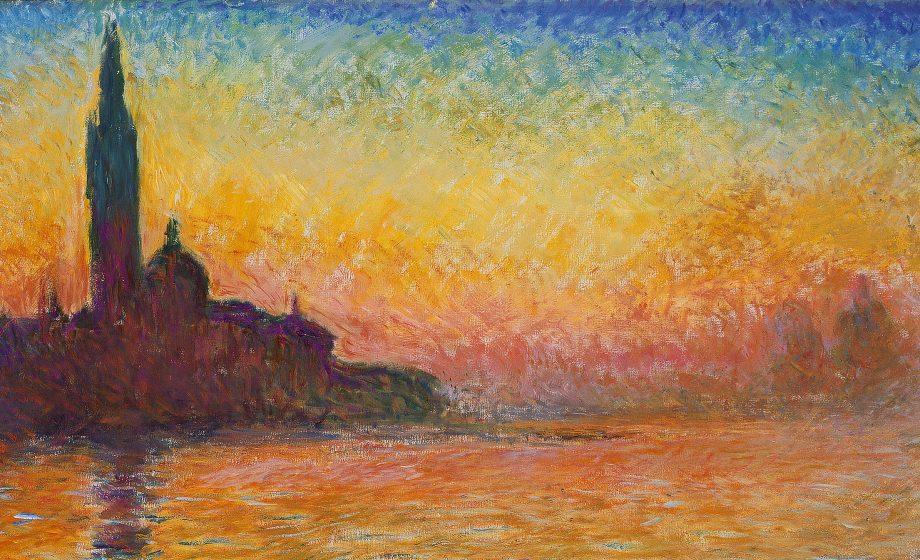APPENDIX III: FURTHER READING The Art Industry and U.S. Policies that Undermine Sanctions Staff Report United States Senate Permanent Subcommittee on Investigations, July 2020 On July 29, 2020, the U.S. Senate Permanent Subcommittee on Investigations released a Staff Report, “The Art Industry and U.S. Policies that Undermine Sanctions.” The Report details how sanctioned individuals can use high-value art purchases to skirt U.S. sanctions. The Subcommittee illustrates this loophole with a case study of Russian oligarchs who used purchases of high-value art to evade sanctions imposed on them by the United States in response to Russia’s invasion of Ukraine and annexation of Crimea. The Report summarizes the specific factors used by financial criminals to circumvent sanctions, what the EU has implemented to close similar means of evasion, and how the U.S. may improve the Bank Secrecy Act to prevent similar illicit actions. Money Laundering in the Art World: The Modern Day Heist Tabitha O’Brien, AML RightSource, June 29, 2020 This article outlines the history of opaqueness in the art industry and exploited by financial criminals. In the past few decades, governments have proposed and passed legislation to make the financial sector more transparent, while the sales of art and antiquities have continued to fly under the radar. AML RightSource illustrates the issues with the current system of tracking the sales of artwork, the risks associated with unmonitored sales, and what governments around the world are doing to solve these problems. Dirty Money, Pretty Art: Fighting Money Laundering in the Age of Art Financialization Limburg Police and PVOL for the Maastricht University Premium Program, May 2020 Art and antiquities are now, more than ever, taking on an additional role as a financial investment. Because of this, the art market is exposed to new threats not previously considered. Due to the opaque nature of the industry, art has become a convenient vehicle for bad actors seeking to take advantage of the confidentiality offered by the art industry. The Panama Papers revealed many secrets, including scandals that intertwined the business of art and the laundering of money. This report goes on to explain how this system works, how FURTHER READING
to spot suspicious transactions, and offers recommendations for training both for law enforcement and art dealers to make transactions more secure. The Art of Money Laundering Tom Mashberg, IMF’s Finance & Development, September 2019, Vol. 56, No. 3 This article addresses the growing momentum to impose constraints on the vulnerable art industry at a time when drug kingpins, oil oligarchs, and assorted kleptocrats are desperate to turn their dirty money into a clean or fungible asset. Discussing the Matthew Green “Mayfair Art” case study in detail, Mashberg discusses how criminals exploit the art market and the challenges to prosecuting these crimes. Discussing pending legislation to close these loopholes, the industry’s concerns about the effect on their businesses and operating costs is highlighted. Responsible Art Market Initiative (RAM) Fifth annual conference to take place in the Winter of 2021 in Geneva, Switzerland Concerned by the significant and evolving challenges of money laundering and terrorist financing, and their connection with the illicit trade in cultural property, in January 2017 an interdisciplinary group of experts from the art market, the Geneva free port, academia and law enforcement (…) launched the Responsible Art Market (RAM) Initiative. This non-profit industry program supports art market businesses by providing them with a practical and ethical compass to navigate the increasingly complex and fragmented anti-money laundering and antiterrorism financing frameworks within which they are required to operate. It aims to do this by: raising awareness of risks; consolidating and sharing existing industry best practices; and providing practical guidelines and tools that can be easily understood and implemented. Since RAM’s launch, the group has been contacted by individuals from various countries with offers to help draft countryspecific guidelines. RAM is itself producing guidelines summarizing responsible practices for art market players to combat money laundering and terrorist financing and apply due diligence within art transactions, as well as for experts to authenticate works of fine art.
43








